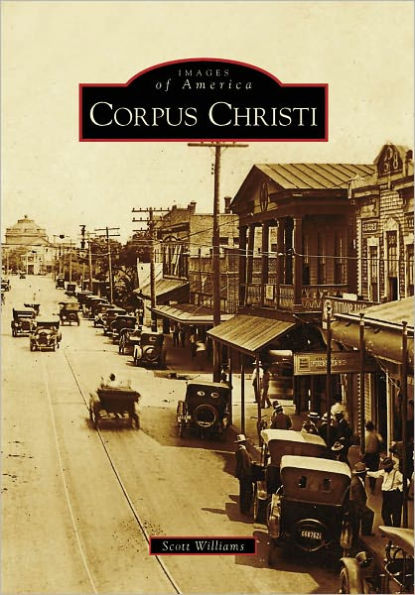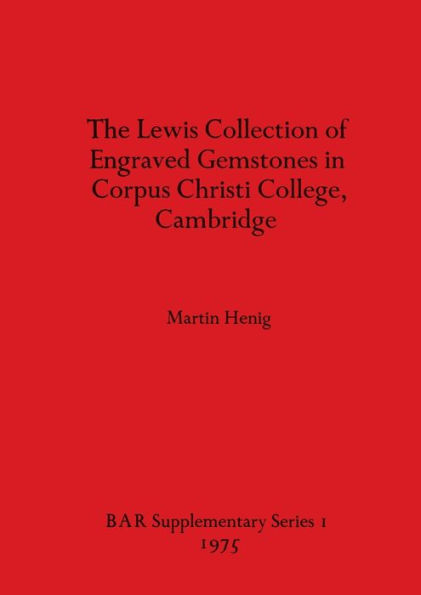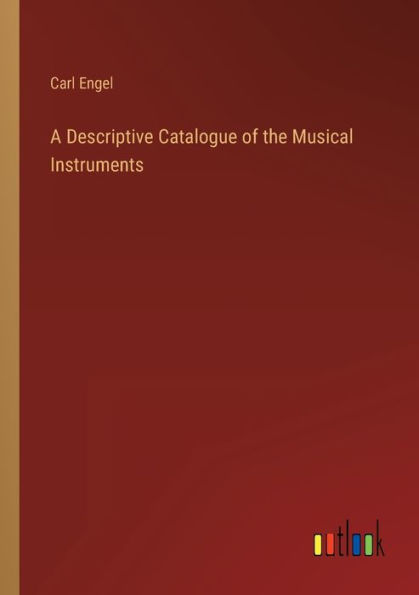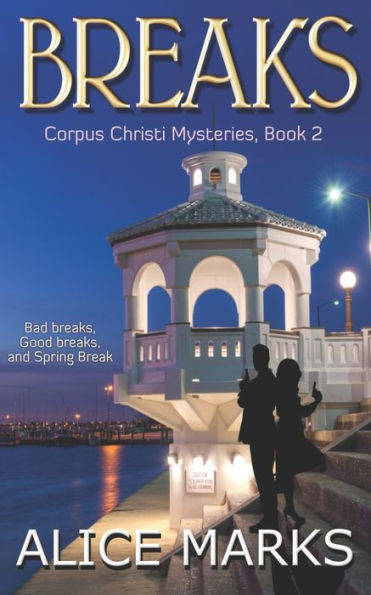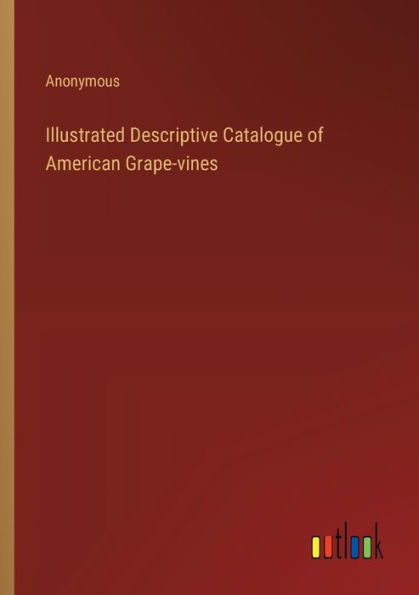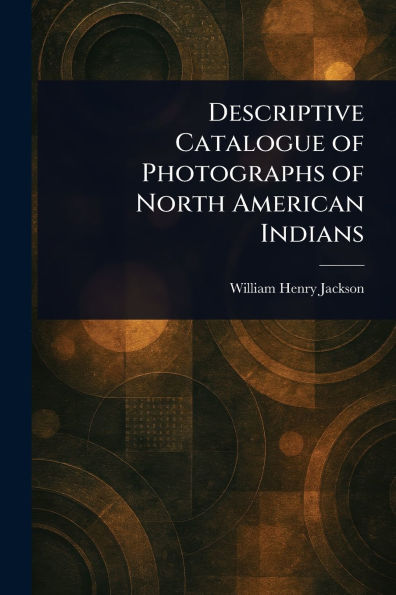Home
A Descriptive Catalogue of the Hebrew Manuscripts of Corpus Christi College, Oxford
Barnes and Noble
Loading Inventory...
A Descriptive Catalogue of the Hebrew Manuscripts of Corpus Christi College, Oxford in Bloomington, MN
Current price: $85.00

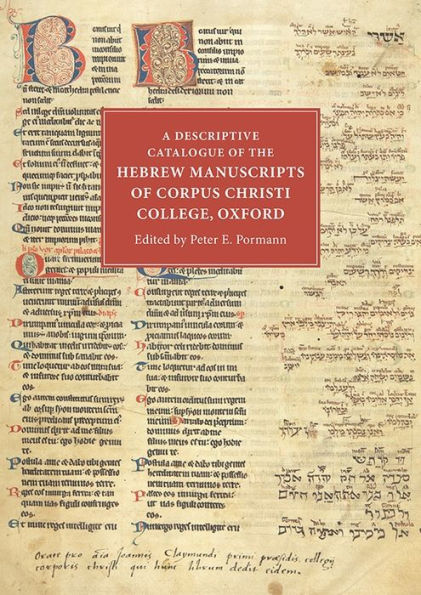
A Descriptive Catalogue of the Hebrew Manuscripts of Corpus Christi College, Oxford in Bloomington, MN
Current price: $85.00
Loading Inventory...
Size: OS
The group of Hebrew manuscripts at Corpus Christi College Oxford forms one of the most important collections of Anglo-Jewish manuscripts in the world. Although few in number, the College's holdings are outstanding in rarity and value.
Corpus Christi College was founded at a time when universities were putting considerable effort into providing better facilities for the study of Greek and Hebrew. Bishop Richard Fox, the founder of Corpus Christi, and John Claymond, the college's first President, therefore ensured that the library should be adequately stocked with the necessary printed books and manuscripts. In a famous letter to Claymond in June 1519, Erasmus predicted a great future forthe College and alluded to its well-stocked trilingual library (Hebrew, Greek, and Latin).
Although few in number, the College's Hebrew manuscripts are outstanding in rarity and value. Seven Hebrew manuscripts donated byClaymond were probably produced in Oxford and Cambridgeshire in the thirteenth century. They include texts from the Hebrew Bible - the Tanakh - presented in parallel Hebrew and Latin versions, often with a literal translation into Latin written directly above the Hebrew text. It is thought that the manuscripts were the product of co-operation between Jewish and Christian scholars, and were used by non-Jews to learn Hebrew and understand the primary textsof a shared scriptural tradition. In addition to the Claymond bequest, the collection contains a second, nearly complete copy of Rashi's commentaries, and an Ashkenazi prayer book both produced in northern Europe in the twelfth century. The prayer book is one of the oldest surviving prayer books produced in Europe. It later came into the possession of a Sephardic Jew who settled in England, and who used some of its blank pages to record business. He did this in Judaeo-Arabic (Arabic written in Hebrew letters). This document is the only one written in this language in England during the Middle Ages to survive. Taken together, the Corpus collection forms one of the most important collections of Anglo-Jewish manuscripts in the world. PETER E. PORMANN is Professor of Classics and Graeco-Arabic Studies and Director of the John Rylands Research Institute at the University of Manchester.
Corpus Christi College was founded at a time when universities were putting considerable effort into providing better facilities for the study of Greek and Hebrew. Bishop Richard Fox, the founder of Corpus Christi, and John Claymond, the college's first President, therefore ensured that the library should be adequately stocked with the necessary printed books and manuscripts. In a famous letter to Claymond in June 1519, Erasmus predicted a great future forthe College and alluded to its well-stocked trilingual library (Hebrew, Greek, and Latin).
Although few in number, the College's Hebrew manuscripts are outstanding in rarity and value. Seven Hebrew manuscripts donated byClaymond were probably produced in Oxford and Cambridgeshire in the thirteenth century. They include texts from the Hebrew Bible - the Tanakh - presented in parallel Hebrew and Latin versions, often with a literal translation into Latin written directly above the Hebrew text. It is thought that the manuscripts were the product of co-operation between Jewish and Christian scholars, and were used by non-Jews to learn Hebrew and understand the primary textsof a shared scriptural tradition. In addition to the Claymond bequest, the collection contains a second, nearly complete copy of Rashi's commentaries, and an Ashkenazi prayer book both produced in northern Europe in the twelfth century. The prayer book is one of the oldest surviving prayer books produced in Europe. It later came into the possession of a Sephardic Jew who settled in England, and who used some of its blank pages to record business. He did this in Judaeo-Arabic (Arabic written in Hebrew letters). This document is the only one written in this language in England during the Middle Ages to survive. Taken together, the Corpus collection forms one of the most important collections of Anglo-Jewish manuscripts in the world. PETER E. PORMANN is Professor of Classics and Graeco-Arabic Studies and Director of the John Rylands Research Institute at the University of Manchester.
The group of Hebrew manuscripts at Corpus Christi College Oxford forms one of the most important collections of Anglo-Jewish manuscripts in the world. Although few in number, the College's holdings are outstanding in rarity and value.
Corpus Christi College was founded at a time when universities were putting considerable effort into providing better facilities for the study of Greek and Hebrew. Bishop Richard Fox, the founder of Corpus Christi, and John Claymond, the college's first President, therefore ensured that the library should be adequately stocked with the necessary printed books and manuscripts. In a famous letter to Claymond in June 1519, Erasmus predicted a great future forthe College and alluded to its well-stocked trilingual library (Hebrew, Greek, and Latin).
Although few in number, the College's Hebrew manuscripts are outstanding in rarity and value. Seven Hebrew manuscripts donated byClaymond were probably produced in Oxford and Cambridgeshire in the thirteenth century. They include texts from the Hebrew Bible - the Tanakh - presented in parallel Hebrew and Latin versions, often with a literal translation into Latin written directly above the Hebrew text. It is thought that the manuscripts were the product of co-operation between Jewish and Christian scholars, and were used by non-Jews to learn Hebrew and understand the primary textsof a shared scriptural tradition. In addition to the Claymond bequest, the collection contains a second, nearly complete copy of Rashi's commentaries, and an Ashkenazi prayer book both produced in northern Europe in the twelfth century. The prayer book is one of the oldest surviving prayer books produced in Europe. It later came into the possession of a Sephardic Jew who settled in England, and who used some of its blank pages to record business. He did this in Judaeo-Arabic (Arabic written in Hebrew letters). This document is the only one written in this language in England during the Middle Ages to survive. Taken together, the Corpus collection forms one of the most important collections of Anglo-Jewish manuscripts in the world. PETER E. PORMANN is Professor of Classics and Graeco-Arabic Studies and Director of the John Rylands Research Institute at the University of Manchester.
Corpus Christi College was founded at a time when universities were putting considerable effort into providing better facilities for the study of Greek and Hebrew. Bishop Richard Fox, the founder of Corpus Christi, and John Claymond, the college's first President, therefore ensured that the library should be adequately stocked with the necessary printed books and manuscripts. In a famous letter to Claymond in June 1519, Erasmus predicted a great future forthe College and alluded to its well-stocked trilingual library (Hebrew, Greek, and Latin).
Although few in number, the College's Hebrew manuscripts are outstanding in rarity and value. Seven Hebrew manuscripts donated byClaymond were probably produced in Oxford and Cambridgeshire in the thirteenth century. They include texts from the Hebrew Bible - the Tanakh - presented in parallel Hebrew and Latin versions, often with a literal translation into Latin written directly above the Hebrew text. It is thought that the manuscripts were the product of co-operation between Jewish and Christian scholars, and were used by non-Jews to learn Hebrew and understand the primary textsof a shared scriptural tradition. In addition to the Claymond bequest, the collection contains a second, nearly complete copy of Rashi's commentaries, and an Ashkenazi prayer book both produced in northern Europe in the twelfth century. The prayer book is one of the oldest surviving prayer books produced in Europe. It later came into the possession of a Sephardic Jew who settled in England, and who used some of its blank pages to record business. He did this in Judaeo-Arabic (Arabic written in Hebrew letters). This document is the only one written in this language in England during the Middle Ages to survive. Taken together, the Corpus collection forms one of the most important collections of Anglo-Jewish manuscripts in the world. PETER E. PORMANN is Professor of Classics and Graeco-Arabic Studies and Director of the John Rylands Research Institute at the University of Manchester.



